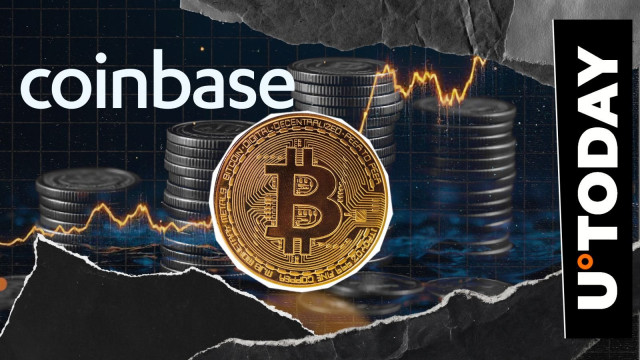
Japan's Largest Banks Get Greenlight for Stablecoin Trial, Plan March 2026 Launch
Summary
Japan's Major Banks Pioneering Stablecoin Adoption
As the world of cryptocurrencies continues to evolve, Japan's largest banks are leading the charge towards mainstream stablecoin adoption. In a groundbreaking move, several of the country's top financial institutions have received regulatory approval to begin trials of their own proprietary stablecoin offerings, with plans to launch the digital currencies by March 2026.
This development marks a significant milestone in the integration of blockchain technology within the traditional banking sector. Unlike volatile cryptocurrencies like Bitcoin, stablecoins are designed to maintain a stable value, often pegged to fiat currencies or other assets, making them well-suited for everyday transactions and payments.
The Japanese banks' stablecoin initiative is being closely watched by industry experts, who see it as a sign of growing institutional interest and confidence in the potential of these digital assets. "This is a pivotal moment for the crypto industry in Japan," explains financial analyst Takeshi Nakamura. "By leveraging their extensive customer bases and existing infrastructure, these banks have the potential to drive mass adoption of stablecoins in the world's third-largest economy."
One of the key advantages of the banks' stablecoin plans is the ability to leverage their robust know-your-customer (KYC) and anti-money laundering (AML) frameworks. This could help address some of the regulatory concerns that have historically hindered wider cryptocurrency adoption, particularly around issues of transparency and compliance.
Moreover, the banks' involvement is expected to bring a heightened level of stability and reliability to the stablecoin market, which has been plagued by the collapse of high-profile projects like Terra/LUNA. "Investors will likely view these bank-backed stablecoins as a more trustworthy and secure option compared to some of the more speculative and volatile cryptocurrencies out there," says crypto analyst Yuki Tanaka.
Beyond the immediate benefits for consumers and businesses, the banks' stablecoin initiative could also have broader implications for the Japanese economy and the global cryptocurrency ecosystem. By providing a regulated and institutionally-backed gateway to digital assets, the banks may help to attract further investment and innovation in the crypto space, while also supporting the development of a more robust and resilient financial infrastructure.
As the March 2026 launch date approaches, all eyes will be on the Japanese banking sector to see how this groundbreaking stablecoin experiment unfolds. With the potential to set new standards for cryptocurrency integration and mainstream adoption, this move by Japan's leading financial institutions could have far-reaching consequences for the future of the digital asset landscape.





